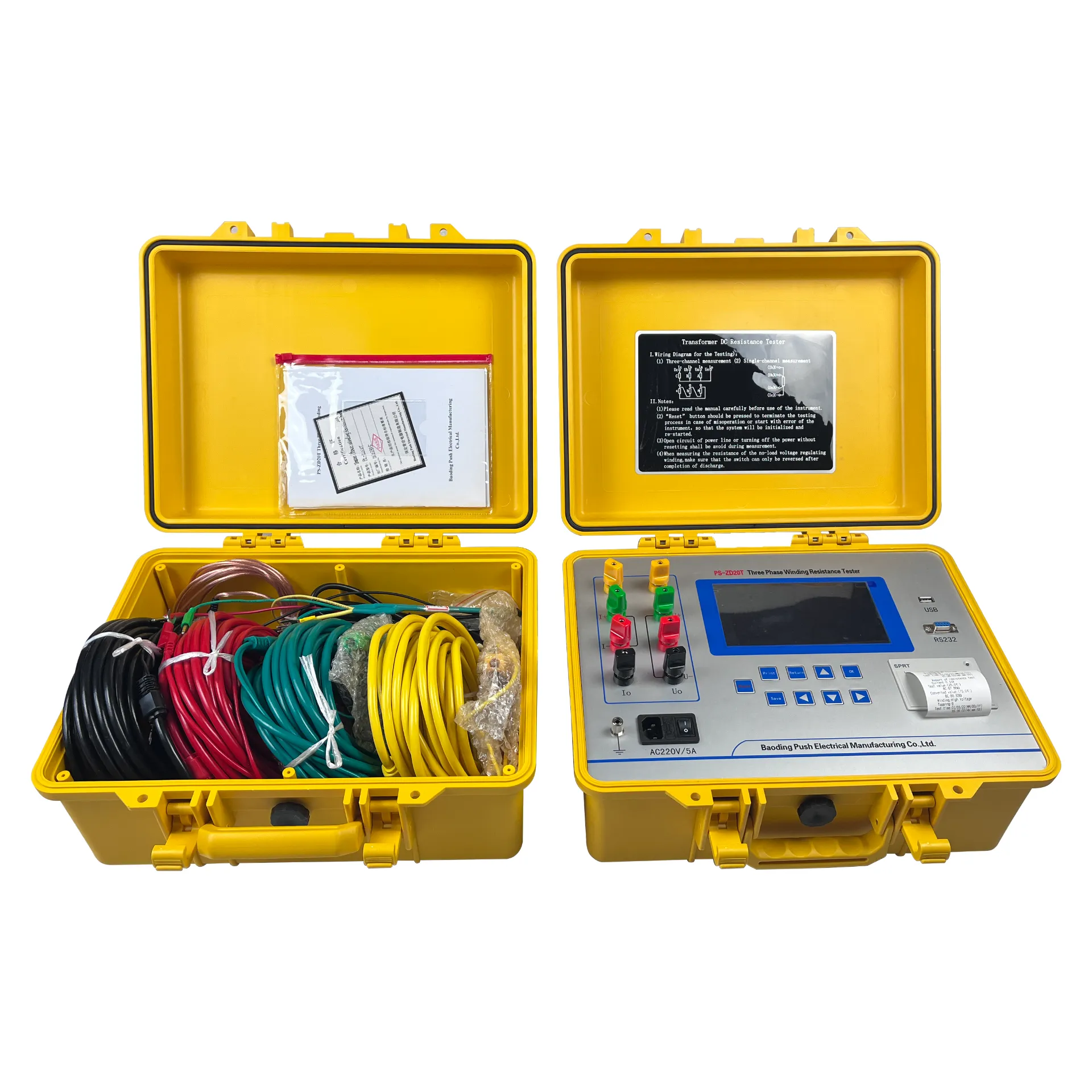 English
English


Optimizing Load Tap Efficiency for Enhanced Performance in Electrical Systems
Understanding Load Tap Balancing Efficiency and Safety in Power Distribution
In the realm of electrical engineering, the term load tap refers to a pivotal mechanism utilized in transformers, especially in the context of voltage regulation. As electrical load demands fluctuate throughout the day, maintaining the efficiency and safety of power distribution systems becomes a challenge. Load tap changers (LTCs) play an essential role in managing these fluctuations, ensuring that the voltage remains stable and within the acceptable range for consumers.
The Basics of Load Tap Changing
A load tap changer is a device installed in transformers that allows for the adjustment of voltage levels based on the current load. When power transmission systems experience varying load conditions, the LTC automatically adjusts the transformer's tap settings to either increase or decrease the output voltage. This adjustment is crucial for maintaining a consistent voltage supply in the electrical grid, particularly in distribution networks where the demand can change rapidly.
Importance of Load Tap Changers
Load tap changers provide several benefits to power distribution systems. First and foremost, they enhance voltage regulation. A stable voltage supply is critical for the proper functioning of electrical equipment. Over-voltage can cause damage to appliances and machinery, while under-voltage can lead to inefficiency and malfunctions. Load tap changers help mitigate these risks by fine-tuning the voltage output in real time, thus ensuring that consumers receive a reliable supply of electricity.
Moreover, load tap changers contribute to the overall efficiency of the power system. By optimizing the voltage levels, they minimize energy losses during transmission. Lower losses mean that more of the generated electricity reaches the end-users, which is particularly important in reducing operational costs for utility providers and enhancing the sustainability of electricity consumption.
load tap

Types of Load Tap Changers
There are two primary types of load tap changers on-load and off-load tap changers. On-load tap changers can adjust voltage levels without interrupting the power supply, making them the preferred choice for most modern power systems. These devices utilize sophisticated mechanisms to change taps while the transformer is still energized, allowing for seamless voltage regulation. In contrast, off-load tap changers require the transformer to be de-energized before adjustments can be made. While they are simpler and less costly, their inability to operate under load limits their application in dynamic power environments.
Challenges and Maintenance
Despite their advantages, load tap changers are not without challenges. They are subjected to considerable wear and tear due to the mechanical operations involved in tap changing. Regular maintenance is essential to ensure their longevity and reliability. Issues such as arcing, contact wear, and oil leaks can compromise performance, making it critical for utility providers to establish a robust maintenance schedule.
Furthermore, as the demand for electricity continues to grow, the integration of renewable energy sources into the grid poses additional challenges for voltage regulation. Load tap changers must be equipped to handle the complexities associated with intermittent energy supply from sources like solar and wind. Innovations in smart grid technology and advanced monitoring systems are helping to enhance the functionality of LTCs, ensuring they remain relevant in the evolving landscape of electricity distribution.
Conclusion
In summary, load tap changers are essential components of modern power distribution systems. By facilitating efficient voltage regulation, they play a significant role in ensuring the reliability and safety of electricity supply. As we move toward a more electrified future with increasing reliance on renewable energy, the importance of load tap functionality will only grow. Continuous advancements in technology and maintenance strategies will be crucial in maximizing the benefits of load tap changers, ultimately leading to a more efficient and sustainable power distribution network.
-
Differences between open cup flash point tester and closed cup flash point testerNewsOct.31,2024
-
The Reliable Load Tap ChangerNewsOct.23,2024
-
The Essential Guide to Hipot TestersNewsOct.23,2024
-
The Digital Insulation TesterNewsOct.23,2024
-
The Best Earth Loop Impedance Tester for SaleNewsOct.23,2024
-
Tan Delta Tester--The Essential Tool for Electrical Insulation TestingNewsOct.23,2024





